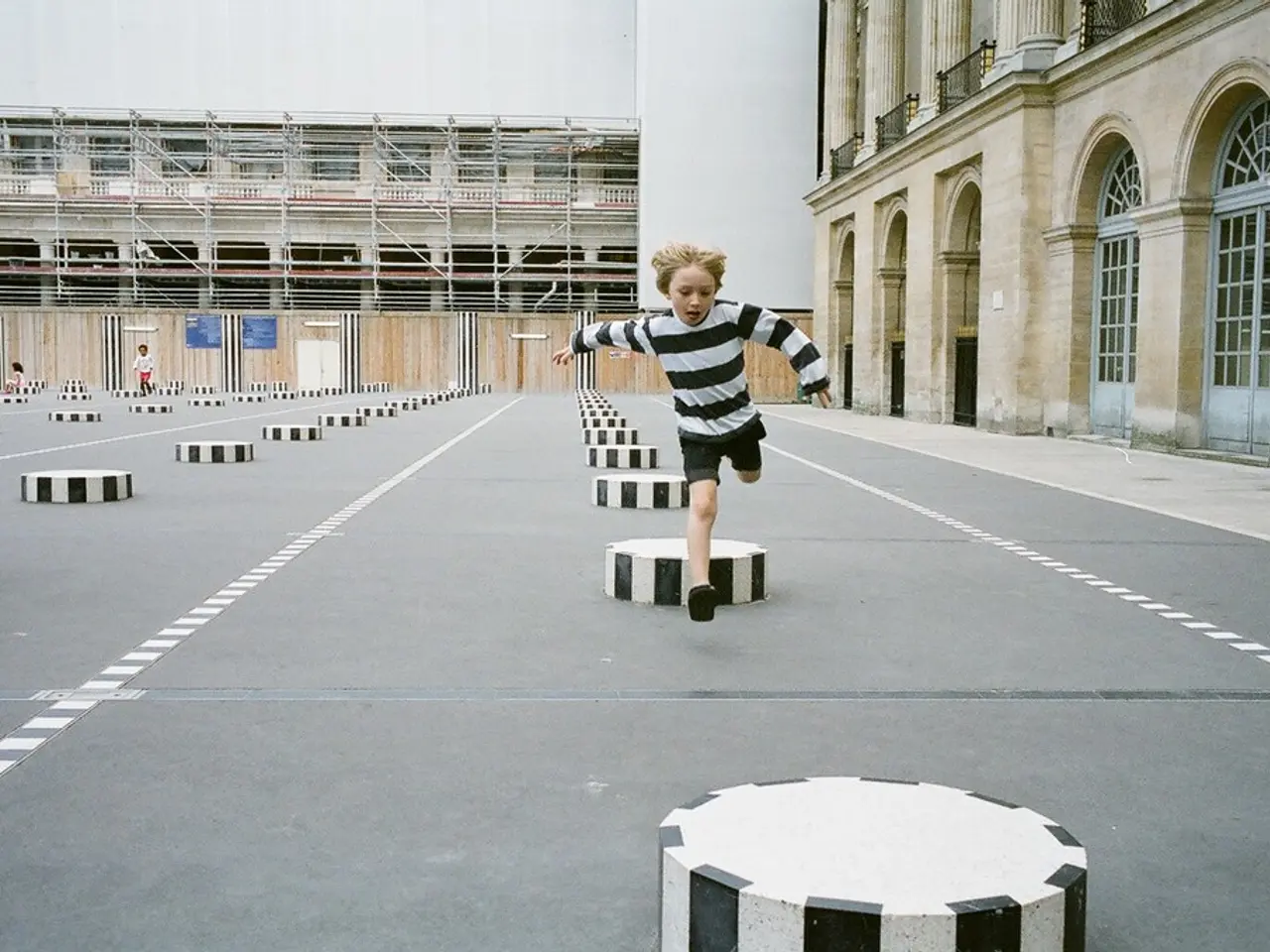Common Salutations and Introductory Expressions for Student Use in Spanish
In the pursuit of learning a new language, Spanish stands out as an excellent choice, being one of the most spoken languages in the world. For those embarking on this journey, this article offers a comprehensive guide on mastering essential Spanish greetings and self-introduction phrases.
Start by familiarising yourself with common phrases such as "Me llamo " (My name is ), "Soy estudiante" (I am a student), and polite greetings like "Mucho gusto" (Pleased to meet you) or "Encantado/a de conocerte" (Nice to meet you), adapting the gender form as needed.
Use pronunciation guides to improve speaking confidence and accuracy. For instance, "me llamo" is pronounced as "meh YAH-moh", while "Hola" is pronounced as "OH-lah". Remember, correct pronunciation is key to effective communication.
Practice standard greetings like "Buenos días" (Good morning!), "Buenas tardes" (Good afternoon!), and "Buenas noches" (Good evening/night!) to establish a natural conversational opening.
Memorise high-frequency phrases such as "¿Cómo estás?" (How are you?), "Gracias" (Thank you), and "Por favor" (Please) using flashcards or spaced repetition apps to reinforce memory.
Practice in context. Use the phrases in real-life situations or simulated conversations, such as classroom greetings or introductions, to internalise language use.
Pay attention to politeness and formality. Learning polite expressions such as "con permiso" (excuse me), "disculpe" (sorry), and the appropriate use of formal/informal greetings helps build respect and good communication habits.
Consistent practice and exposure are crucial. Combine speaking practice with listening to real Spanish content (videos, podcasts, dialogues) and maintain a routine that fits personal learning styles for gradual improvement.
Learn basic self-introduction structures. Use simple sentence patterns like "Vivo en " (I live in ), "Tengo ___ años" (I am ___ years old), and "Soy de " (I am from ) to quickly introduce yourself and share basic personal information.
For difficult phrases, link them with visual or situational cues or repeat phrases daily to aid long-term retention.
Beginner classes or language apps providing structured lessons on greetings and self-introduction can complement self-study efforts. Don't forget to introduce yourself as "Soy estudiante" and share where you live with "Vivo en [Location]".
If you're planning to travel to Spain or make a career there, learning Spanish would be beneficial. Embrace the fun and interactive nature of learning Spanish, and practice the language with your friends and in front of the mirror to be fluent in it.
Remember, mastering Spanish greetings and self-introduction forms a solid base for expanding conversational skills. With consistent practice and the right strategies, you'll be able to confidently greet and introduce yourself in Spanish, fostering good communication skills and cultural understanding among students.
Enhance your home-and-garden by residents regularly conversing in Spanish, using common phrases as decorative wall art or as discussion topics during gatherings.
Expand your education-and-self-development by examining lifestyle changes that incorporate Spanish, such as listening to Spanish podcasts during daily commutes and practicing Spanish verb conjugation while cooking your favorite meal.




